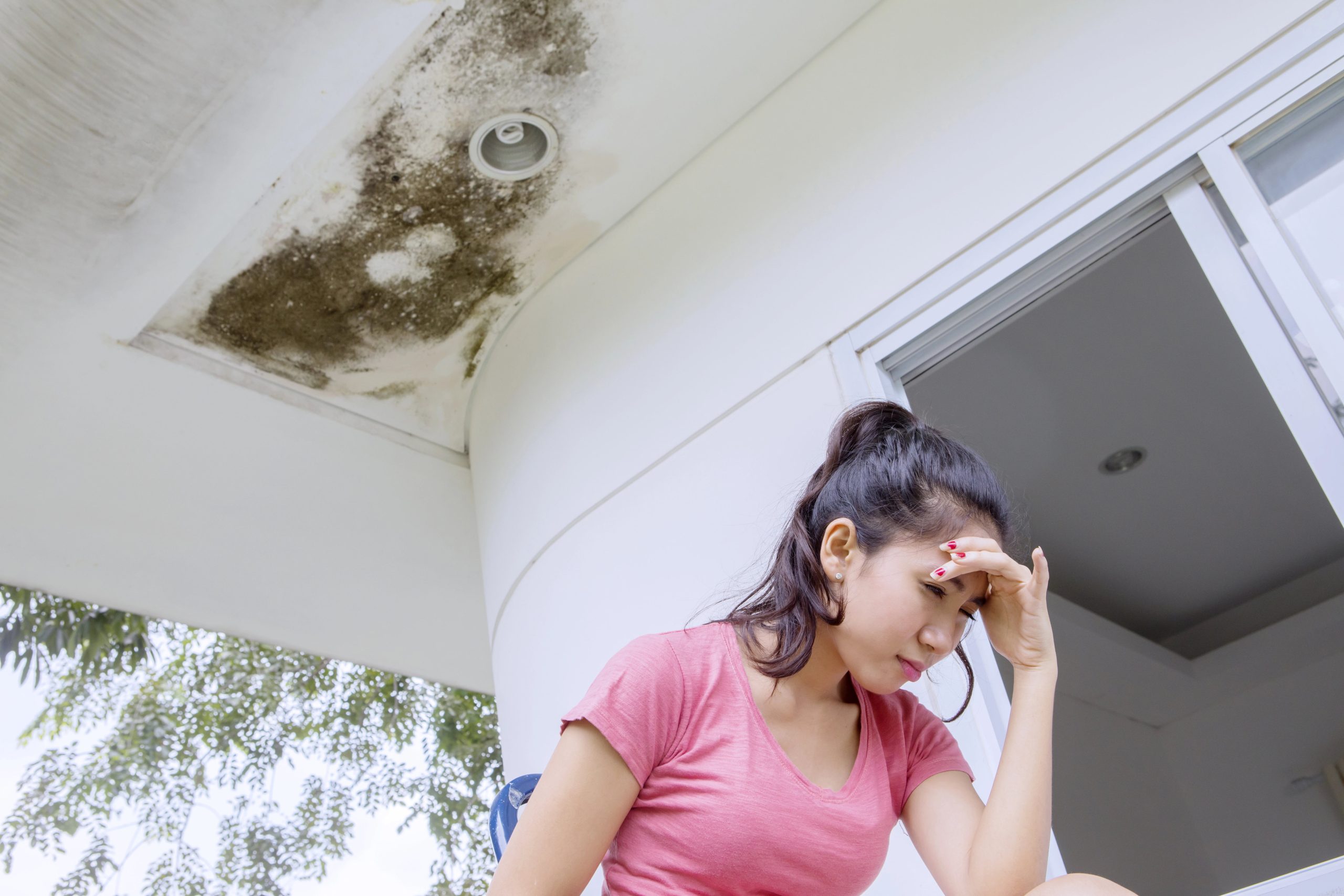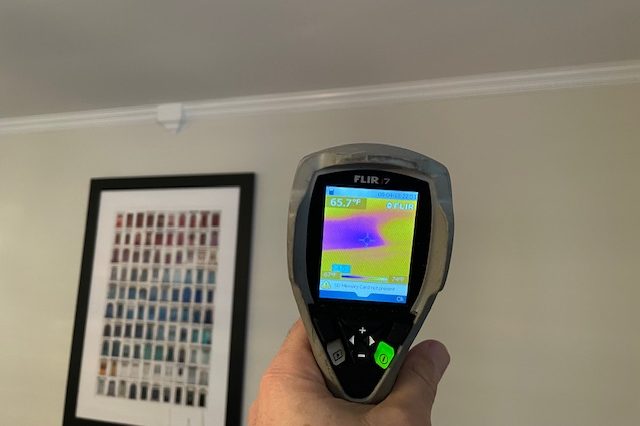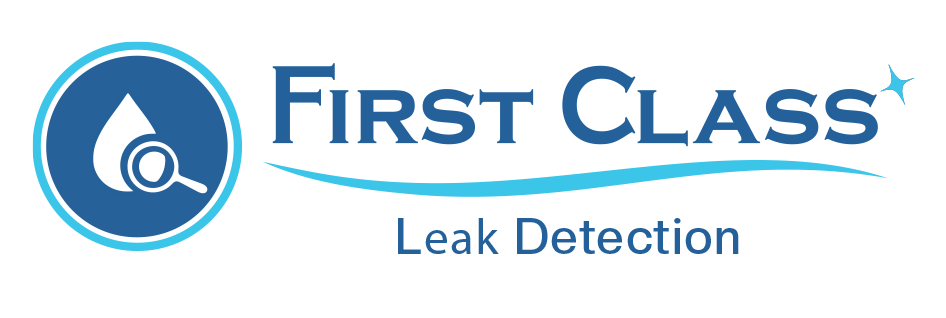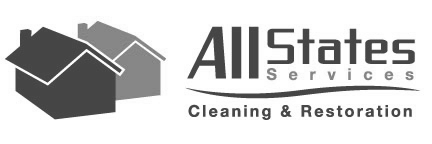#1 Building Structural Leak Detection
Building Structural Leak Detection: Causes, Risks, and Detectio
What Are Building Structural Leaks?
Building structural leaks occur when water penetrates through cracks, gaps, or weak points in a structure’s foundation, walls, or roof. These leaks can lead to serious damage, compromising the stability and safety of a building. If left untreated, structural leaks can cause mold growth, wood rot, and costly structural repairs.
Structural leaks are often difficult to detect until visible signs of damage appear. This makes early leak detection essential for protecting your property and avoiding expensive restoration work.
Common Causes of Structural Leaks
🔹 Foundation Cracks – Water can seep through cracks in basement walls or concrete slabs, often caused by ground movement, hydrostatic pressure, or poor drainage.

🔹 Roof Leaks – Damaged or missing shingles, clogged gutters, or improperly sealed flashing can allow rainwater to enter through the roof, leading to water stains, mold, and even ceiling collapse.




Understanding the underlying cause of a structural leak is crucial to choosing the right repair and prevention strategy.
Signs of a Structural Leak
Structural leaks can go unnoticed for months, causing damage behind walls, in ceilings, and beneath floors. Look for these common warning signs of a structural leak:






Ignoring these warning signs can lead to serious structural damage, weakening the foundation, wooden framing, drywall, and insulation.
we are ready to meet all your Building Structural Leak Detection needs

Dangers of Ignoring Structural Leaks
A small leak might seem harmless at first, but over time, it can lead to major damage and expensive repairs. Some of the biggest risks of untreated structural leaks include:





How We Detect Structural Leaks
At First Class Leak Detection (FCLD), we use state-of-the-art technology to detect hidden leaks without destructive methods. Our advanced non-invasive detection techniques include:





Using these advanced techniques, we can pinpoint the source of the leak quickly and accurately, allowing for fast repairs with minimal disruption.
Preventing Structural Leaks: Proactive Maintenance Tips






Preventative maintenance saves money in the long run by stopping leaks before they cause severe damage.
Get Professional Structural Leak Detection Today!
If you suspect a structural leak in your home or building, don’t wait until the damage worsens. At FCLD, we specialize in precise, non-invasive leak detection to help homeowners and businesses protect their property from costly water damage.


The Importance of Waterproofing
Gain more knowledge on the importance of a house protected from outdoor water intrusion. When your home gets affected by water, the building’s structure, safety, and integrity are at risk. Contact FC Leak Detection today to determine the precise source of the leak and save yourself from further damage. –Building Structural Leak Detection service available.
If you need any leaks detected urgently, give us a call at our 24-hour emergency line.
Your Local Building Structural Leak Detection Experts – Safe, Fast & Reliable
732-253-4900
Contact Us
Our New Jersey Service Area
First Class Leak Detection is based out of Englishtown, NJ and services all across the state of New Jersey, including (but not limited to) Monmouth County, Middlesex County, Mercer County, and Ocean County.
Central Jersey Service Area
Monmouth County Aberdeen Middlesex County Avenel Somerset County Basking Ridge Mercer County Bear Tavern Ocean County Barnegat |
North Jersey Service Area
Bergen County Allendale Essex County Academy Hudson County Arlington Hunterdon County Annandale Morris County Boonton Passaic County Allwood Sussex County Andover Union County Baltusrol Warren County Allamuchy |
South Jersey Service Area
Atlantic County Folsom Burlington County Beverly Camden County Albion Cape May County Anglesea Cumberland County Bivalve Gloucester County Almonesson Salem County Alloway |

First Class Leak Detection by ASR
First Class Leak Detection a Leak Detection Division of AllStates Services LLC.
Are you searching leak detection near me online? Our team of leak detection specialists provides 24-hour emergency.
We identify and solve leaks for both commercial and residential customers that elude detection. With an exceptional success rate of 99.8% , our non-intrusive surveys ensure efficient and effective results for our clients.
First Class Leak Detection
- 28 Harrison Ave Building 602 Englishtown, NJ 07726
- 732-253-4900
- FCLeakDetection@HireASR.com
- Monday - Friday 9am - 5pm

Follow Us

